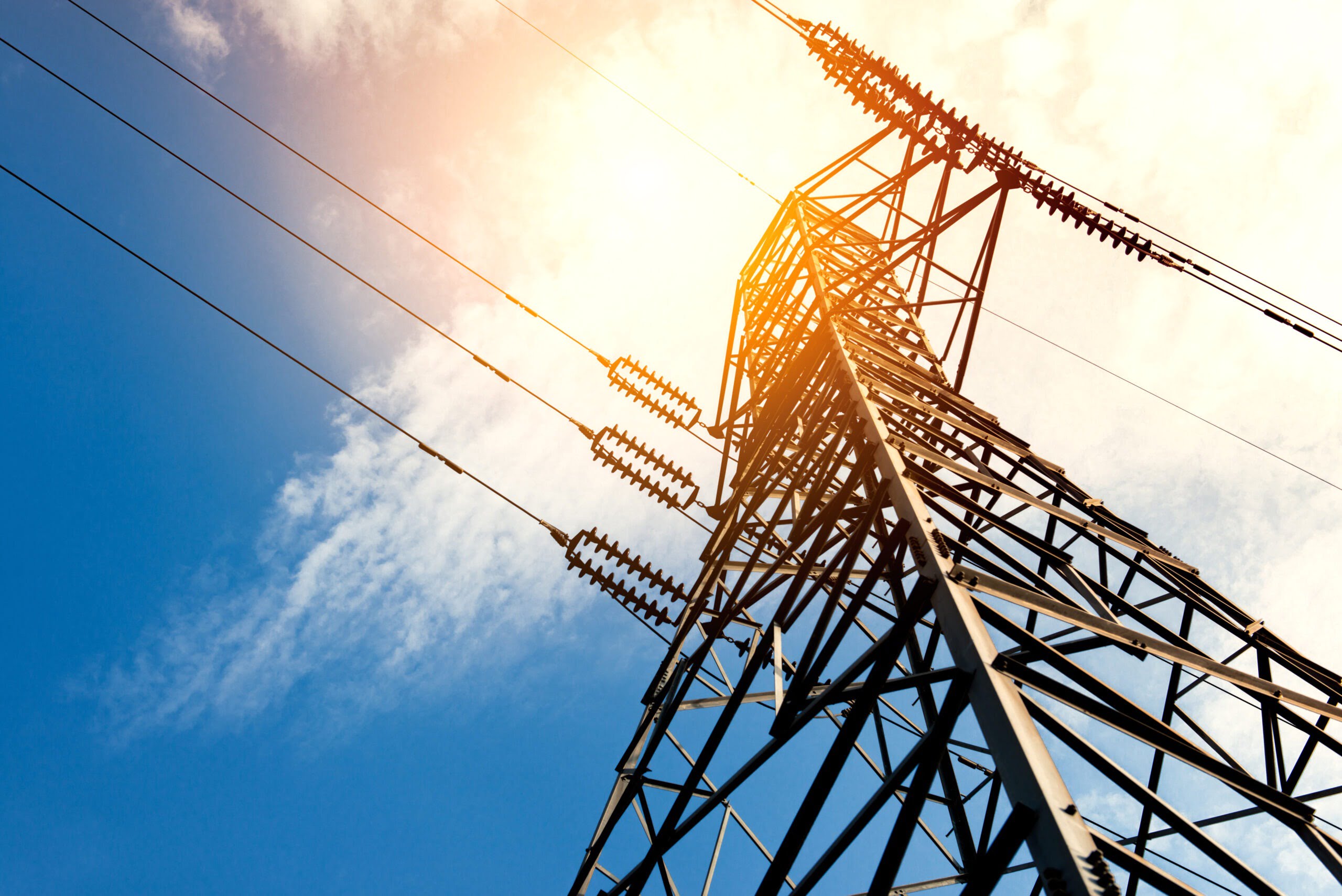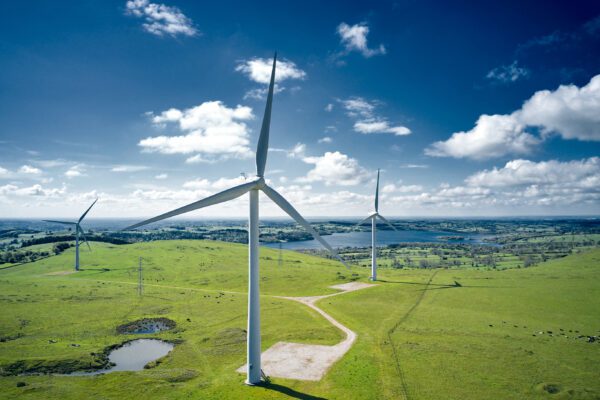
The last Triads
Last April, Ofgem announced that it was delaying the end of Triad avoidance until 2022.
Please note: The information in this article is dated March 2022 and Ofgem has released further updates to the Targeted Charging Review (TCR) and Triad avoidance since this time. Updates for 2023 are summarised in this article here: Targeted Charging Review (TCR) Upcoming Changes for 2023.
Last April, Ofgem announced that it was delaying the end of Triad avoidance until 2022. This was due to National Grid ESO asking for an additional year after raising concerns over the new banded charges coming too late into the year, leading to contracting issues.
2022 is here and the last Triads are upon us.
What this means for businesses
The end of the Triads will see the residual element of transmission network charges (TNUoS) change from demand to a fixed charge based on a site’s Agreed Supply Capacity (calculated as an average over a 24-month period ending in October 2020).
The Targeted Charging Review (TCR) was proposed to address concerns around residual costs and how they were being charged, with the aim to make them fairer for all businesses. The new banding system introduced with the TCR is used to calculate the standing charge going forward. It also takes your profile class and voltage type into consideration but will vary depending on your supply type.
The changes for both Transmission Use of System Charges (TUNoS) and Distribution Use of System Charges (DUoS) were set to come into force in April 2022, however whilst DUoS charges are changing in April this year, the transmission element of TCR changes has been delayed until April 2023. This means that Triads will operate over the 22/23 winter period and will be the last before the full change takes place in 2023.
What can you do to lower costs?
Preparing for the upcoming winter period perhaps isn’t at the top of the agenda given the recent challenging 21/22 winter period. However, getting prepared now may enable you to benefit from savings going forward.
With the 22/23 winter period still quite a while off, what else can you do to prepare?
Firstly, signing up for a Triad alert service can help you get ahead of any forecasted peaks in demand, giving you time to turn down your consumption as potential Triads occur. Often you may not have the flexibility to turn down your consumption during these peak periods, however, you can still avoid higher TUNoS rates by reducing your overall consumption.
The bands have now been set and the next review period will be in April 2026. There is an appeals process, if you feel you are in the wrong band, however, the exiting Agreed Supply Capacity would have to be reduced by at least 50%. So, although there would be immediate savings arising from the reduction itself, the vast majority of sites will not see a possible TCR band benefit for a few years.
And of course, by shifting your consumption to avoid peak demand periods between November and February 22/23, you should be able to take advantage of consumption savings.
Inspired’s market experts are always on hand to help you navigate the ever-changing energy market. Get in touch and speak with us today on 01772 689250 or email [email protected].










